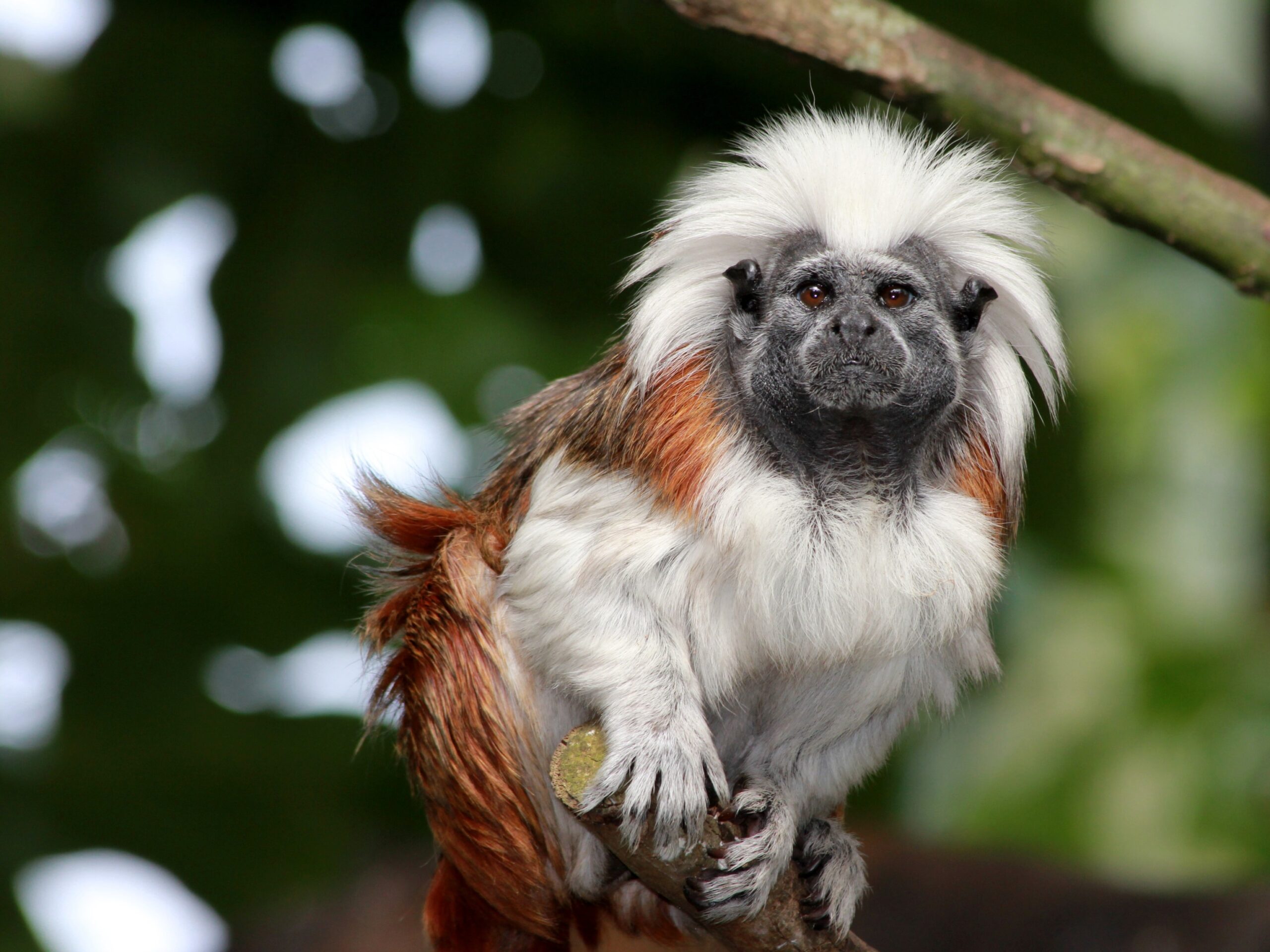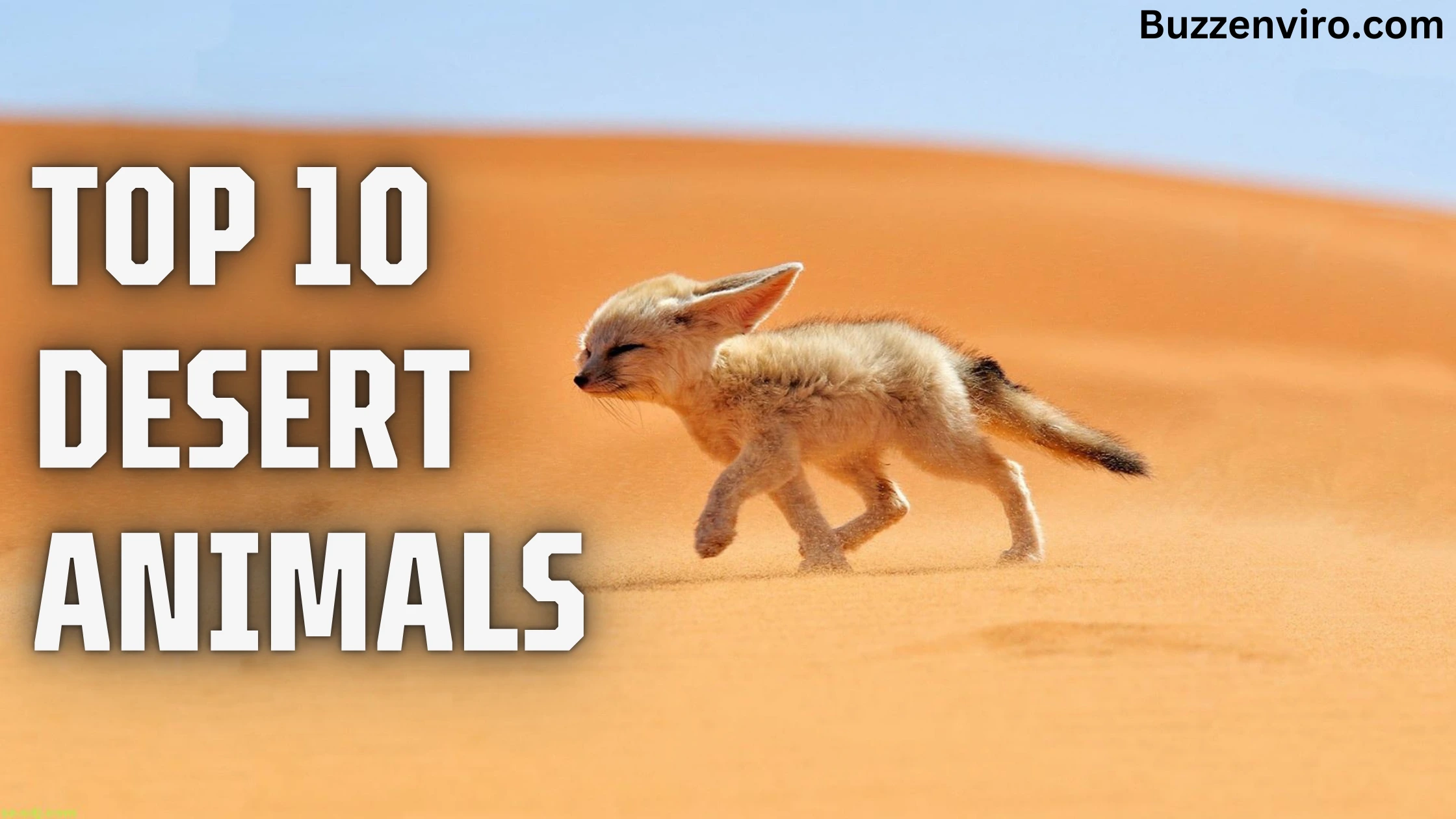Our planet is home to an extraordinary array of wildlife, each species playing a unique and irreplaceable role in the ecosystems they inhabit. However, many species face severe threats, bringing them perilously close to extinction. The loss of these species would not only be a tragedy for biodiversity but would also disrupt ecological balance and diminish the health of our environment. In this blog, we highlight ten of the world’s most important endangered species, exploring their critical roles and the urgent need to protect them for the sake of our planet and future generations.
What are Endangered Species?
Endangered species are at risk of extinction due to sudden population reduction or habitat destruction. The biodiversity areas containing many endangered species are commonly known as “hot spots”.
IUCN Red List of Threatened Species
The International Union for Conservation of Nature (IUCN) established the method to gauge animal decline. In 1994, they unveiled this approach that provides explicit standards and categories that specify an individual’s conservation situation for every species based on its likelihood of extinction.
These evaluations follow stringent scientific criteria. Furthermore, IUCN provides precise standards for each type within their Red List of Threatened Species and this publication. The following descriptions have been simplified to focus on some of the categories’ key aspects, with three (CR EN and VU) falling under “threatened.”
Furthermore, this list acknowledges a variety of species classified as endangered:
- Extinct Species (EX)
- Extinct in Wild (EW)
- Critically Endangered (CR)
- Endangered Species (EN)
- Vulnerable Species (VU)
- Near Threatened (NT)
- Most minor Concern (LC)
- Data Deficient (DD)
- Not Evaluated (NE)
The Most Famous Endangered Species List
1. Javan Rhinos

Javan rhinos are found in Southeast Asia. Their numbers have been dramatically decreasing due to hunts and habitat loss. The only natural population of Javan rhinos is the rare rhino species, with around 75 individuals present only within Java, Indonesia.
It is believed that the Ujung Kulon National Park, classified as a World Heritage Site, is the last refuge for Javan rhinos. However, the park also needs to expand the Arenga palm, which leaves the rhinos with less food and space to explore. In addition, the tiny Javan rhinos are significantly at risk of extinction due to natural catastrophes, diseases, poaching, and the possibility of breeding.
2. Amur Leopard

This Amur leopard is considered one of the most rare big cats around the globe, with less than 100 remaining in the wild. Though their numbers in the wild appear steady and growing, the leopard subspecies they belong to have remained critically endangered as of 1996. For a reason: Amur leopards can only exist in a tiny area of the extreme east of Russia and the northeastern region of China.
Amur leopards still face numerous dangers to their existence, including habitat loss, fragmentation, the scarcity of prey, and transport infrastructure like roads. However, there is some hope for this unique large leopard. About 75% of their habitat is in protected areas within Russia and China. They are also moving into more suitable areas outside these protected zones.
3. Sunda Island Tiger

Sunda Island, or Sumatran tigers, are one of the more compact subspecies, weighing only around 140kg and being found only on Indonesia’s Sumatra island. As a comparison, Amur region tigers weigh nearly twice that much while being twice as rare. Male Amur region tigers weigh an incredible 160kg on average when males mature into adults! Furthermore, these Sunda Island Tigers may only exist among approximately 600 wild ones scattered all across its territory!
4. Mountain Gorillas

The mountain gorilla is one of several subspecies found within the eastern gorilla species family. It exists in two populations located within high-altitude forests in volcanic mountains of the Democratic Republic of Congo, Rwanda, and Uganda, as well as Bwindi Impenetrable Park of Uganda.
The Virunga landscape has long been marred by political unrest and poverty, which poses a substantial risk to mountain gorilla populations due to human people moving closer to these incredible gorillas in search of shelter, food, and space—over 500,000 now live within their habitats! Yet these creatures appear to be making an impressive comeback due to conservation efforts undertaken through international and local partners and WWF through their global Gorilla Conservation Programme.
Mountain gorillas are currently endangered, with only over 1,000 remaining in the wild. Unfortunately, numerous threats threaten this species’ recovery process and limit how fast its numbers can grow again.
5. Tapanuli Organgutan

The Tapanuli orangutan, recognized as a species in 2017, was recently discovered and identified in the tropical forests of Batang Toru on Sumatra Island in Indonesia. Due to habitat preservation efforts by conservation organizations in the Batang Toru ecosystem, only small numbers exist within its range.
These tree-hugging primates are in grave peril, with only 800 wild individuals remaining today. Habitat loss poses one of their primary threats, as tropical forests have been destroyed for mining, agriculture, geothermal power production and hydroelectricity development projects over recent decades – nearly 40% of those found in North Sumatra province (where these orangutans can be found).
6. Black Rhinos

From 1960 to 1995, the black rhino populations suffered massive losses in the number of their animals because of poaching on a large scale. About 2% were able to survive the brutal attacks in the previous. Since rhino conservation began to gain traction, its numbers have nearly tripled across Africa in the last decade. However, black rhinos are still considered to be highly endangered, according to the IUCN, and around 5,630 animals live in the wild.
Three subspecies of the black rhino are now in existence, one of them being the west-facing black rhino, which was declared extinct in 2011. Today, 95% of black rhinos can be found in only four nations: Kenya, Namibia, South Africa and Zimbabwe.
The most significant danger for the rest is poaching for their horns. Over the past ten years, nearly 10,000 African rhinos have been killed to provide rhino horn for the illegal trade.
7. African Forest Elephant

In the thick, humid, and moist forests of West and Central Africa, you can discover the mysterious forest elephant. It is one of the two species of the African elephant family. Because of their shy nature, the exact number of wild African forest elephants is a mystery. But we know they’re critically endangered, and their population has decreased by 86% in the last 31 years.
The primary reason behind this decline is widespread and extensive poaching, particularly on the continent of Central Africa. Along with the poaching of elephants, loss of habitat and the alteration of land use to accommodate agriculture and other usages have caused fragmentation of habitats and an increase in conflict between elephants and humans that has led to loss on both sides.
African forest elephants occupy approximately 25 per cent of the former habitat. They are scattered across 20 distinct African countries, most in Gabon and the Republic of Congo.
8. Sumatran Organgutan

The Sumatran orangutan lives in the island Sumatra, Indonesia. They are critically endangered by IUCN, with just 14,000 of them on earth.
Orangutans require vast forest areas where they can live; however, between 1985 and 2007, the giant apes were wiped out by 60 per cent of their habitat. Most orangutans live at the northernmost point of Sumatra within the Leuser Ecosystem. It includes tropical lowland rainforests as well as humid peatland swamps.
9. Hawksbill Turtles

The Hawksbill turtle is believed to be among seven marine species of turtles located in the closest subtropical and tropical water of the Atlantic and the Indian Pacific Oceans. It is thought that their numbers range from 20,000 to 23,000 nesting turtles. However, it is not possible to estimate the exact number of nesting turtles since marine turtles are truly ocean wanderers.
In the past 30 years, the global number of hawksbill turtles has been reduced by around 80 per cent due to accidental captures in fishing gear, the destruction of nesting habitat and coral reef damage, and the illegal trade in products and hawksbill shells.
Other human threats, such as climate change, plastic pollution, and rising sea levels, could contribute to the loss of this turtle species in the coming years. As of now, Hawksbill turtles are listed as critically endangered species.
10. Yangtze Finless Porpoise

It is believed that the Yangtze Finless Porpoise is unique in its family since it is the only freshwater species of porpoise anywhere in the world. The aquatic mammal is currently within Yangtze River in China and is classified endangered species.
Although the Yangtze River plays an integral part in the healthy functioning of ecosystems, the decades of pollution, overfishing, and water contamination in this region have adverse effects on many animals that call the river their home.
In the past, Yangtze River dolphins were known to share a home with finless porpoises. However, there haven’t been any freshwater dolphins over the last two decades. Unfortunately, this may be another devastating reminder of the future that could be the case for many threatened species, including those of the Yangtze finless porpoise.
To ensure the survival of this species, China has increased finless porpoises’ status to “first-level protected species” in 2021. This is the most advanced level of protection in China. In 2018, the population was just over 1,000 individuals, stabilizing on the open sea.






